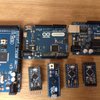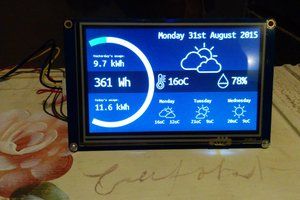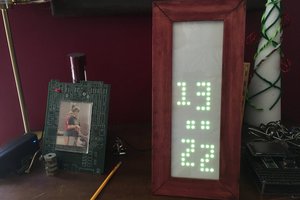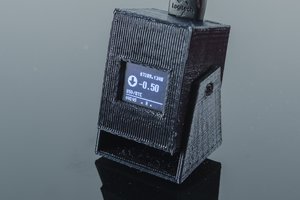I hope the majority of the code is self explanatory but feel free to ask if anything is unclear.
The logos are XBM bitmaps stored as strings - I created them in GIMP by saving 16x16 logos as XBM files, then opening the XBM with a text editor and copying the string. You can also use an online converter to make the XBM but that didn't work well for me.





 Jorj Bauer
Jorj Bauer
 ACROBOTIC Industries
ACROBOTIC Industries
 Thornhill!
Thornhill!
I used your code to extend it so the oled could display your current hashrate from nanopool and added some features like offline detection. You can access it on github. https://github.com/o0pwnd0o/miningmonitor